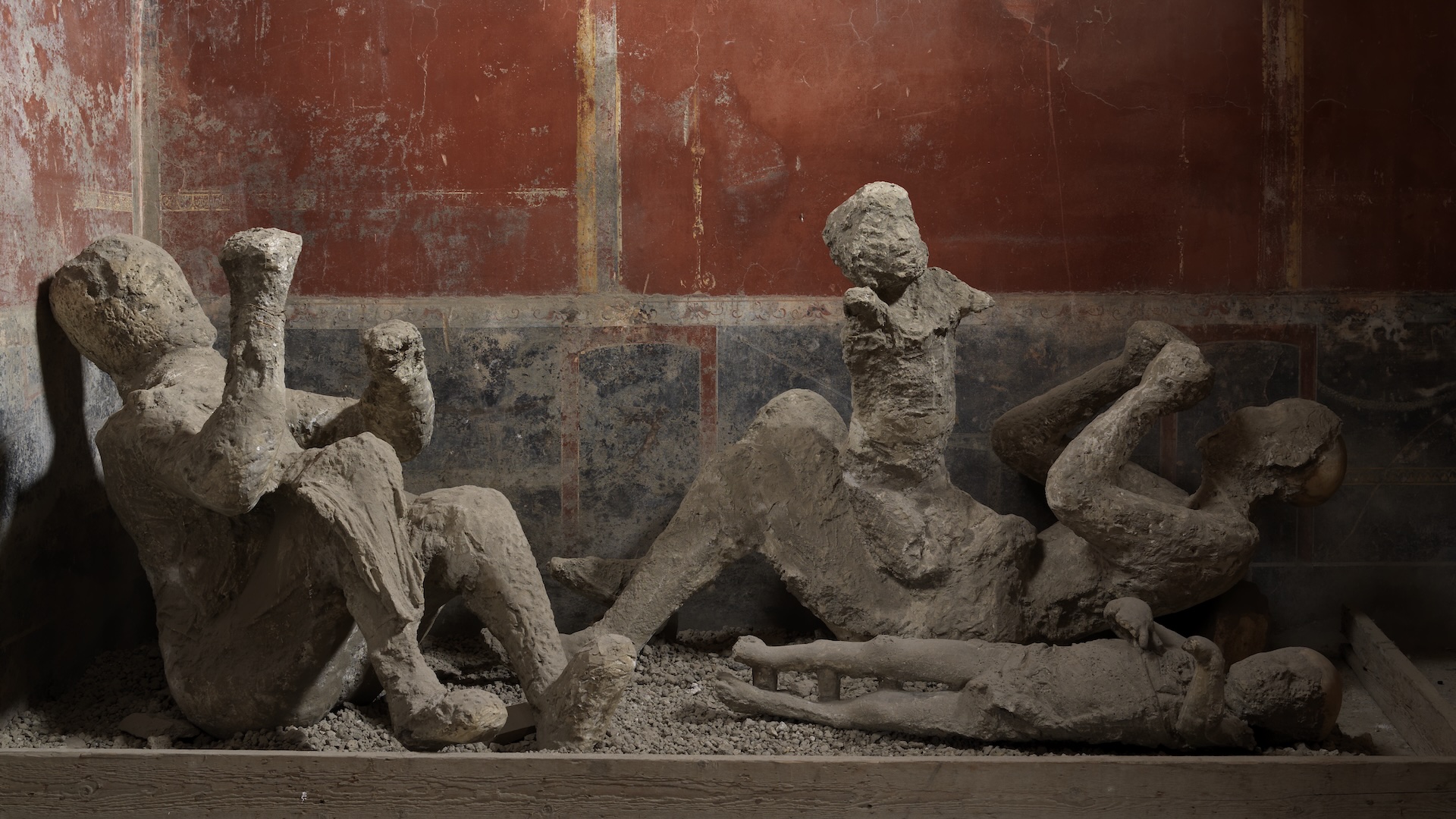Animals, Vol. 13, Pages 2026: Impact of Red Imported Fire Ant Nest-Building on Soil Properties and Bacterial Communities in Different Habitats
Animals doi: 10.3390/ani13122026
Authors: Longqing Shi Fenghao Liu Lu Peng
The red imported fire ant (Solenopsis invicta Buren) is a highly adaptable invasive species that can nest and reproduce in different habitat soils. We aimed to explore the adaptability of red imported fire ants in different habitats by analyzing changes in the physicochemical properties of nest soils and bacterial communities. Five habitat types (forest, tea plantation, rice field, lawn, and brassica field) were selected. The results showed that the pH of the nest soils increased significantly in all five habitats compared to the control soils of the same habitat. A significant increase in nitrogen content was detected in the nests. The Cr, Pb, Cu, and Ni levels were significantly reduced in the soils of the five habitats, due to nesting activities. Analysis of the composition and diversity of the soil microbial community showed that, although the richness and diversity of bacteria in the nest soils of red imported fire ants in the five habitats varied, the relative abundance of Actinobacteria significantly increased and it emerged as the dominant bacterial group. These results indicate that red imported fire ants modify the physicochemical properties of nest soils and bacterial communities to create a suitable habitat for survival and reproduction.

 1 year ago
32
1 year ago
32


